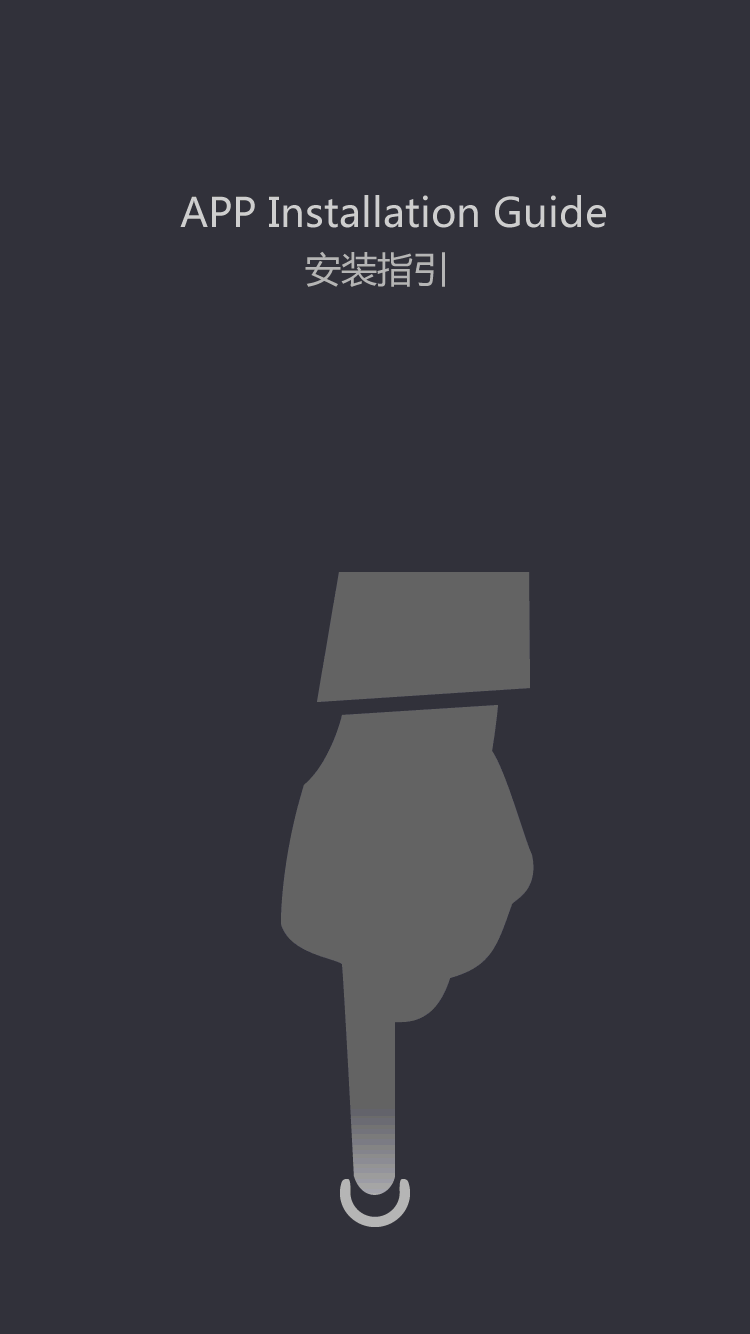X-ray detection of overheated lithium battery
by:Vglory
2021-05-14
Overheated lithium batteries can be used X-rays to produce a safer battery so-called thermal runaway phenomenon, that is, when the lithium battery is overheated, the package will burn through, suddenly burn, or even explode. Although the odds are small, engineers still have enough opportunities to explore how to prevent possible fires. Scientists at University College London (University College London) used a synchrotron radiation device to scan overheated lithium batteries for the first time, hoping to improve their planning and safety. The X-ray image produced by the particle accelerator has a higher resolution than the traditional X-ray machine. Their research results were published in the April 28th issue of 'Nature Communications'. The scientists first heated two fully charged commercial lithium batteries (temperature above 250 degrees Celsius) with a hot air gun, then imaged them with X-rays at a frame rate of 1250, and then combined thermal imaging technology to study them. They finally studied the rapid destruction of the internal structure of lithium batteries before thermal runaway. They found that both types of batteries have thermal and electrochemical reactions, and that bubbles formed inside the battery can cause the battery to deform. Inside the battery, the highly conductive parts are in contact with each other, causing a short circuit. After that, the pressure inside the battery rises rapidly, and when the lid is opened, oxygen enters, further aggravating the loss of heat. It may be that the battery is covered, and the enclosed space is conducive to thermal response, and hot and molten materials are ejected from the battery holes. In the second case, the internal temperature can even exceed 1085 degrees Celsius, melting the copper. Under extreme conditions, high charge and discharge rates, overcharge and undercharge can cause catastrophic failure of lithium batteries. Researchers believe that this can be verified in future analyses. They also advocate puncture and crush tests to help develop safer battery plans. Disclaimer: Some pictures and content of articles published on this site are from the Internet. If there is any infringement, please contact to delete. Previous: New technology can triple the charging speed of lithium batteries
Custom message
Related Products




![[Industry Solution] How does outdoor backup power supply cope with extreme climate? Practical analysis of lithium solar cells](https://img80003422.weyesimg.com/uploads/vglorylibattery.com/images/17502322689034.jpg?imageView2/2/w/1920/q/70/format/webp)











